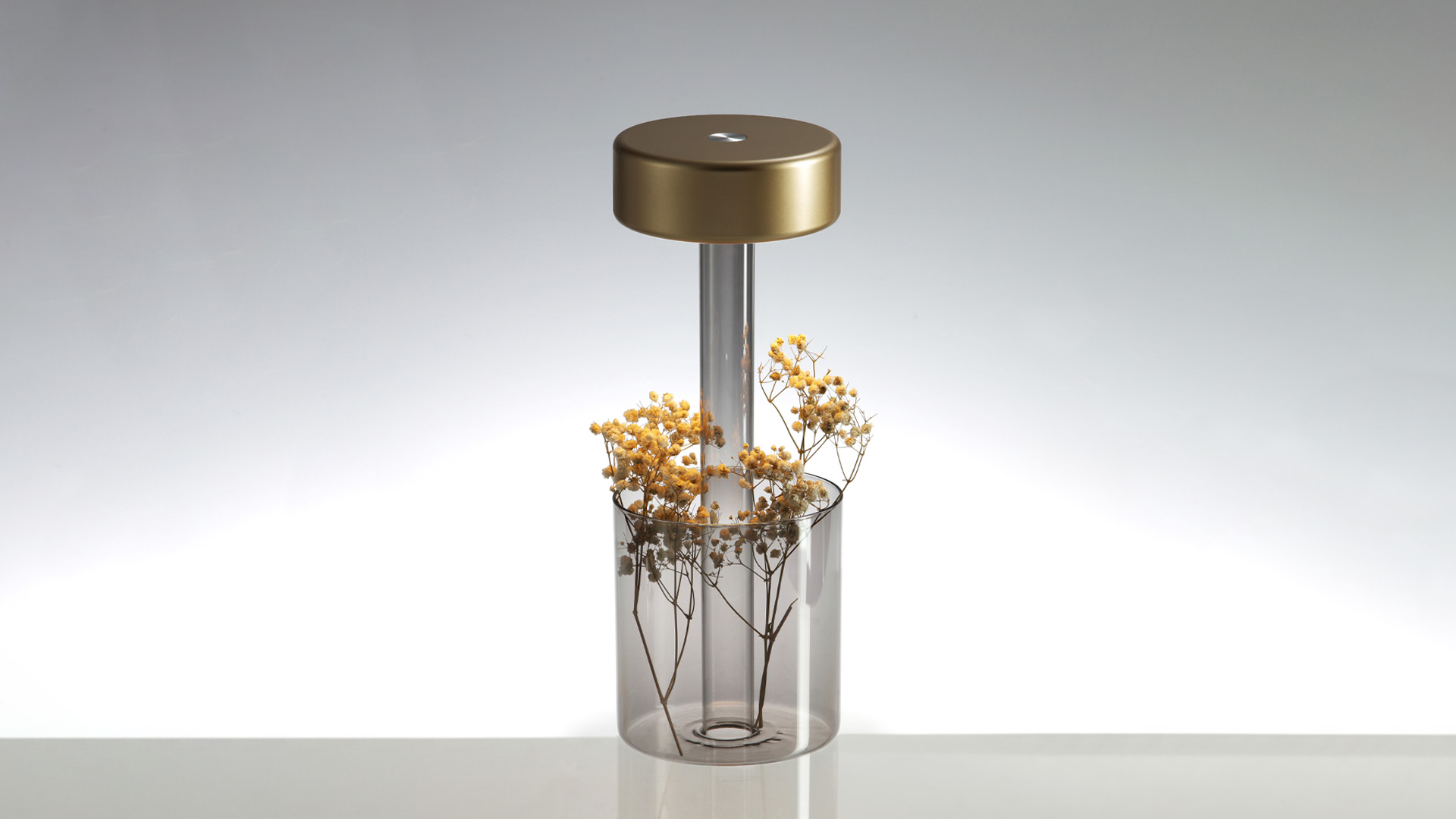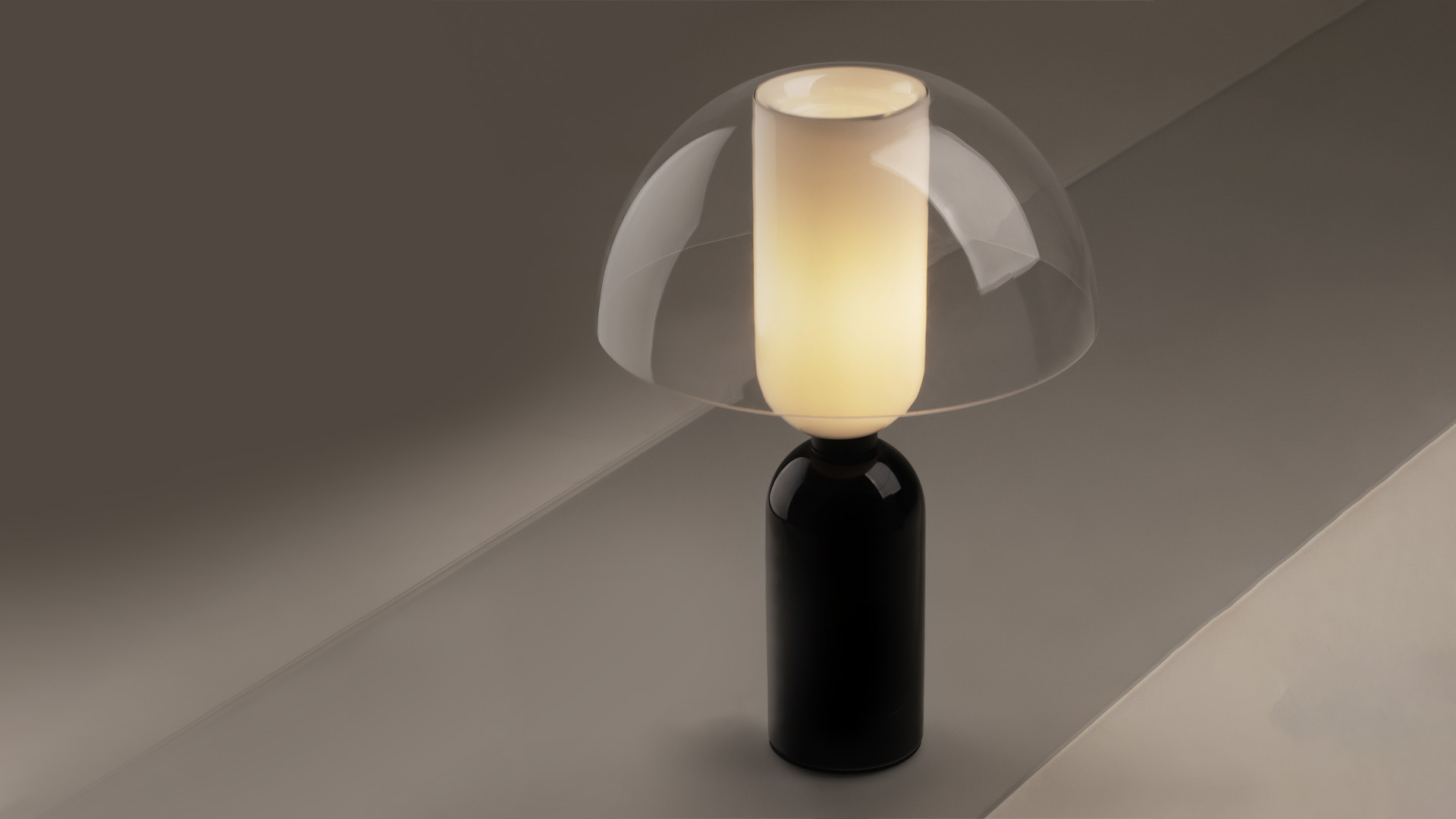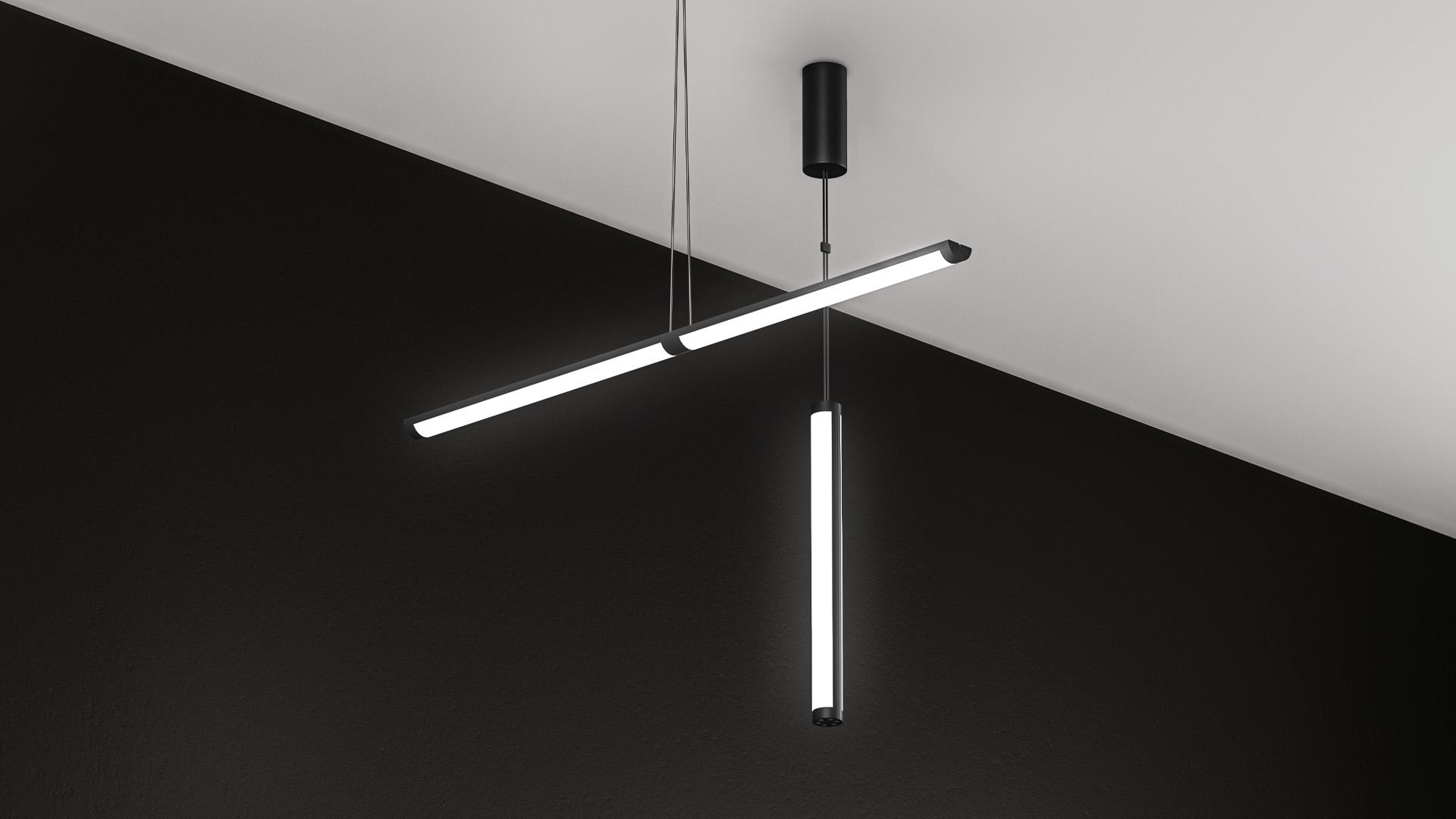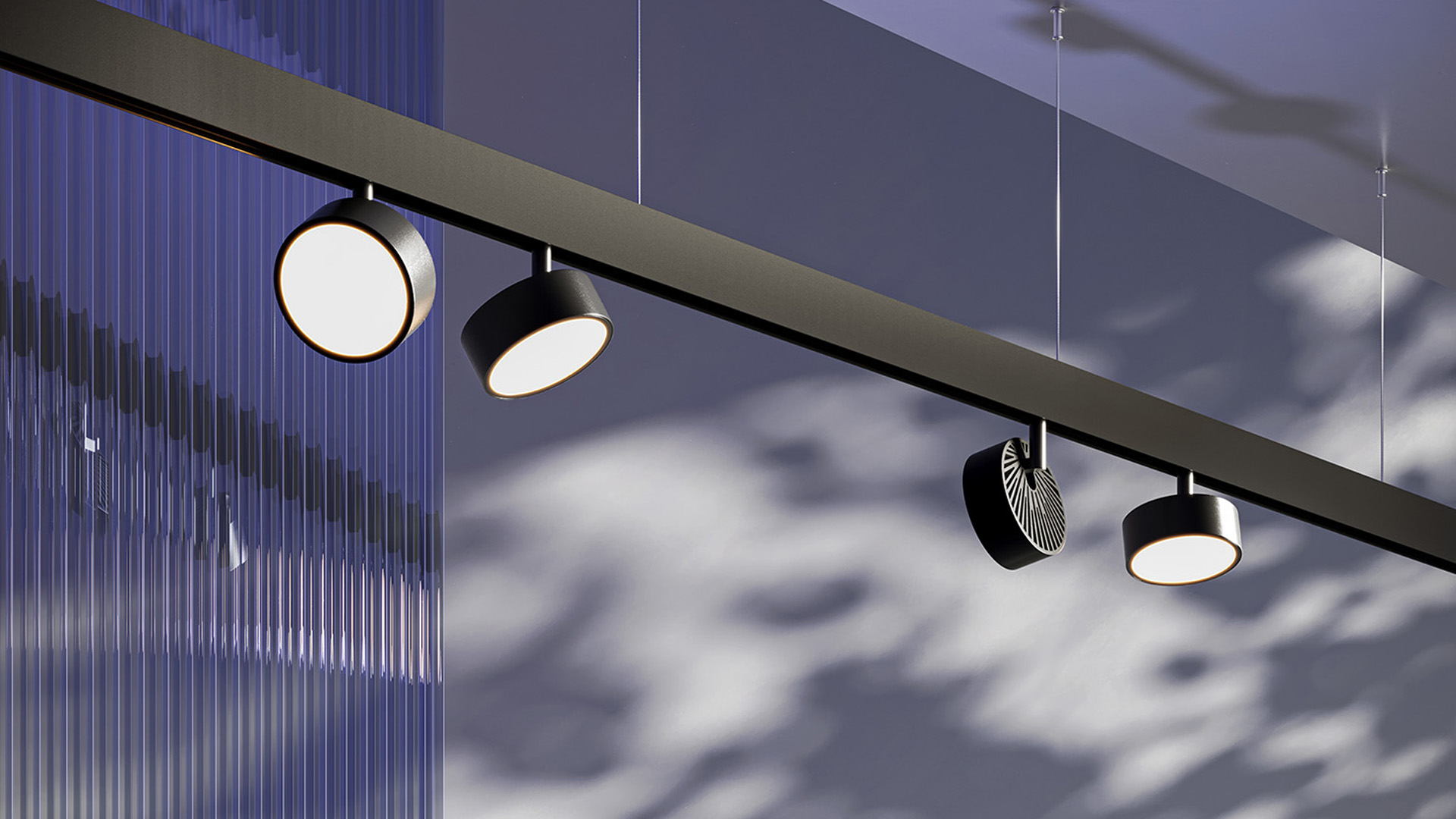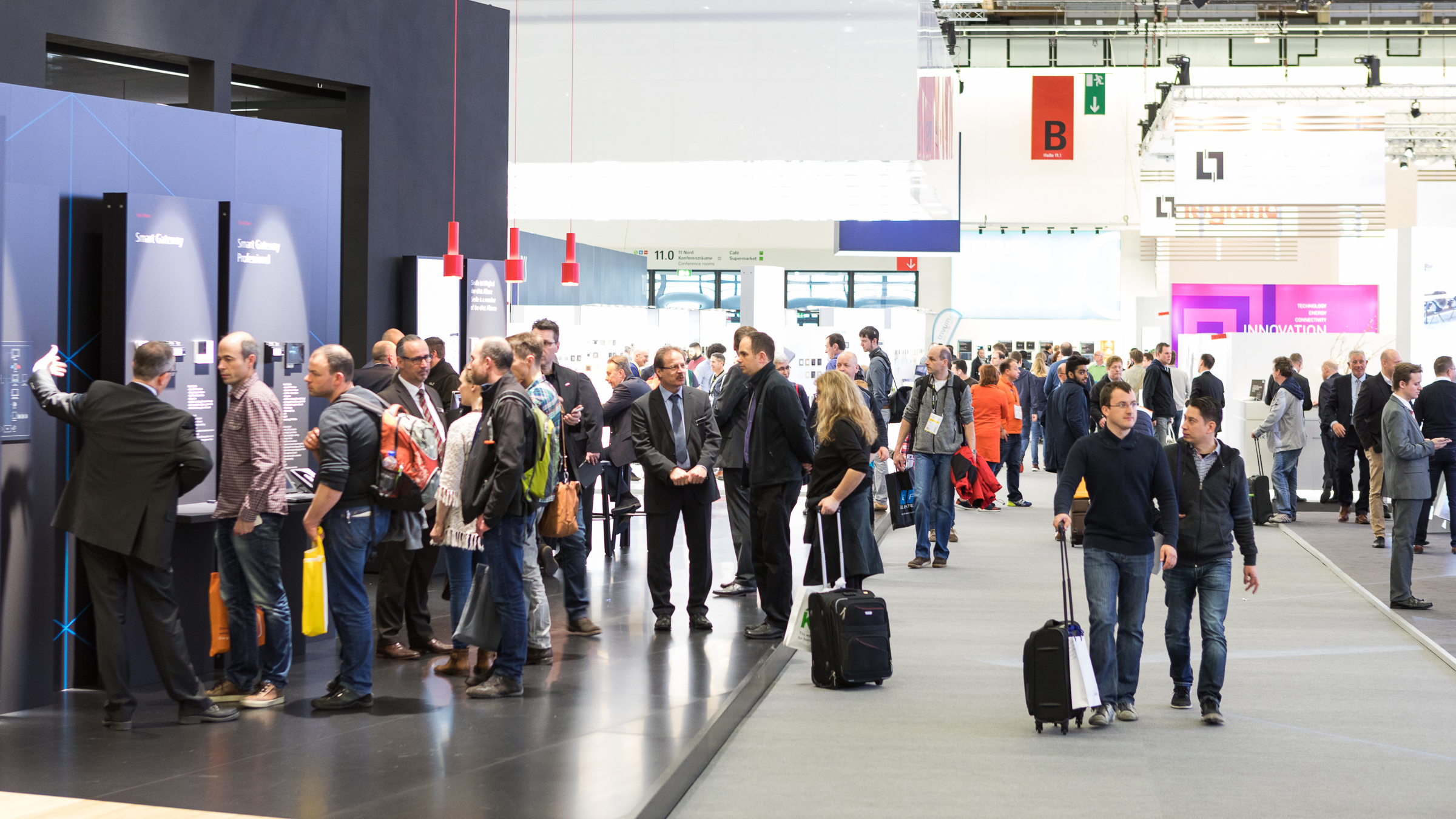You can find the Interactive Hall Plan 2024 here.
Bangkok
Description
Inspiration
Ancient Thai temple architecture served as the inspiration for the Bangkok collection. These religious structures, known as Watas, embody the Buddhist beliefs about the ephemeral nature of life and the material world. This is reflected in the tiered design of the temples, with special openings between each tier serving as windows to allow light to fill the center of the temple and illuminate sacred relics. The Bangkok collection was created based on these principles of tiered design.
Unique properties
Drawing from the tiered design of Thai architecture, the lamps in the Bangkok collection consist of two or three glass elements. The silhouettes of the lamps were inspired by Wat Phra Kaew, the temple of the "Emerald Buddha" in Bangkok. However, they were stylized in a more streamlined form to ensure that the entire lamp is illuminated by the light, mimicking the interior of Thai temples. LED boards covered with matte diffusers were used at the top and bottom to create soft, diffused lighting.
TECHNOLOGY of MANUFACTURING AND SALES (AND MATERIALS):
The selection of materials was influenced by the materials used in Thai architecture. Temples are often adorned with glossy gold, creating an interesting interplay of light and reflection. Therefore, glossy tinted glass was chosen for the lamps, resulting in a vibrant play of highlights from all angles. Additionally, a version with transparent glass was created to allow for compositions using both transparent and tinted glass lamps.
The lamps are offered in three designs, meant to fit together and resemble temple complexes. The principle of element customization was also applied to reduce environmental impact in mold manufacturing.
WORK/FLOW/INTERACTION:
To facilitate user convenience, the wire heights can be adjusted to create various compositions. A special ceiling bowl was designed to house the driver, using magnetic mounts to eliminate visual clutter such as wire holders and bolts for ceiling attachment.
Each lamp creates a luminous flux of at least 1000 lumens, making them suitable not only for accent or ambient lighting, but also as the main light source in a room.
RESEARCH RESULT:
The initial focus of the research was to study the interaction of light with glass. This involved studying the techniques employed by ancient master craftsmen from various cultures. During this exploration, the Thai architectural tradition gradually captured attention, as the ancient architects of Buddhist temples displayed great skill in manipulating light. Through the use of special light windows, they were able to infuse the temple interiors with light, creating a mystical atmosphere. It was decided to incorporate these techniques in the design of the lamps.
CREATIVE/RESEARCH CHALLENGE:
A key challenge in the research process was to study the properties of light, computer modeling the distribution of light flux, and understanding the appearance of glare on glass. Additionally, considerable attention was given to the quality of the LEDs to ensure that the lamps would serve users for many years. The principle of customization was also utilized in creating molds to minimize production resources.
Lead designer: Alexey Danilin, Engineer: Nikita Morozov, Product manager: Elena Slivka, Assistant product manager: Anastasia Orlova. Photo by Pavel Dunaev.
Discover more from us

